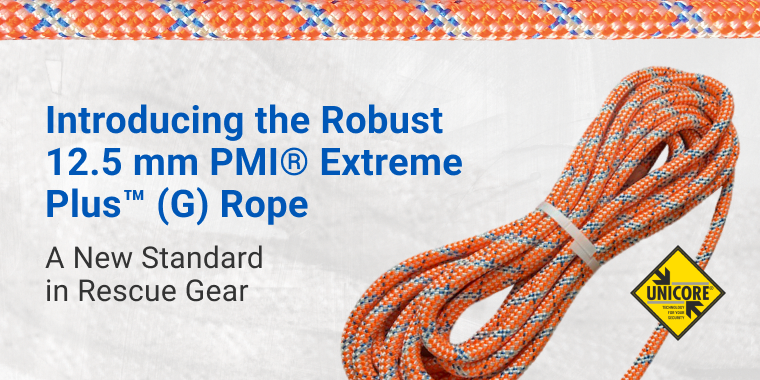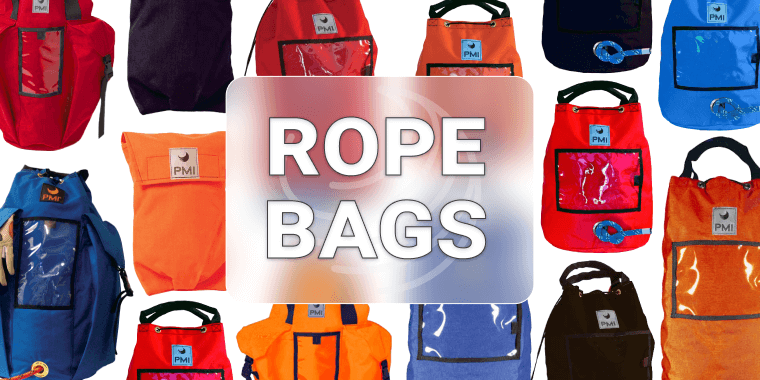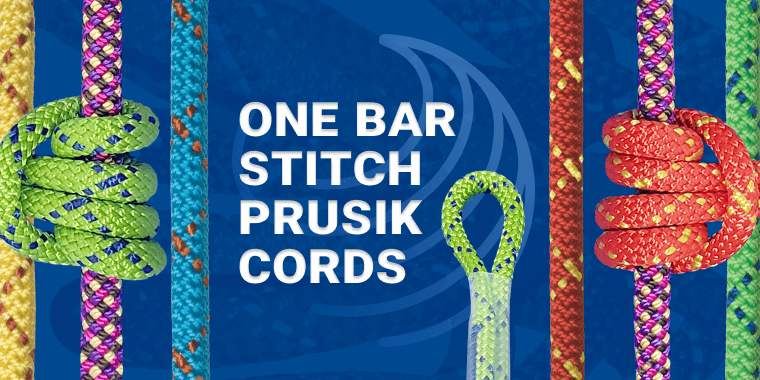Products and Information
Choosing a seat harness
Choosing a seat harness is a very personal decision.
It is based on intended use, comfort, fit, and personal preference.
A harness should offer appropriate protection while still allowing the wearer a good range of motion.
The type of harness you choose will depend greatly on what you plan to do in it.
For example, seat harnesses designed for caving tend to be made in a continuous loop and are usually designed with the attachment point very low. This is to facilitate the rope ascending systems typically used by cavers.
Caving harnesses are made of tough material and sometimes have wear protectors sewn onto the leg loops to protect them from the kinds of abrasion common in caving. Many caving harnesses have buckles that are secured by doubling the webbing back through them, making them more secure but harder to adjust.
Rock climbing harnesses tend to be less “beefy” than caving harnesses.
They are generally lighter in weight. The leg loops and waist belt of a climbing harness are usually padded for comfort and to make taking a fall a little softer. Although still very secure, the buckles used are usually easier to adjust.
Harnesses designed for mountaineering tend to have some of the properties of rock climbing harnesses combined with the “beefiness” of caving harnesses. Harnesses for climbing and mountaineering usually have more gear loops than caving harnesses.
Harnesses approved for work or rescue applications may be either “seat only” or “full-body”, depending on what standard(s) they meet. Work/rescue harnesses often have multiple attachment points, whereas caving and climbing harnesses typically attach only in the front.
Tactical seat harnesses are typically all black with few “bells and whistles”.
They need to be durable and quick to don and doff, but be very secure once donned.
Usually, there are minimal gear loops, or gear loops are designed to be removed.
Harness fit is very important. A harness that is too small will impair movement and circulation.
If a harness is too large, there is the risk of falling out of it, especially if you become inverted.
Choose a harness specifically designed for your intended use, and that fits you well.




0 comment